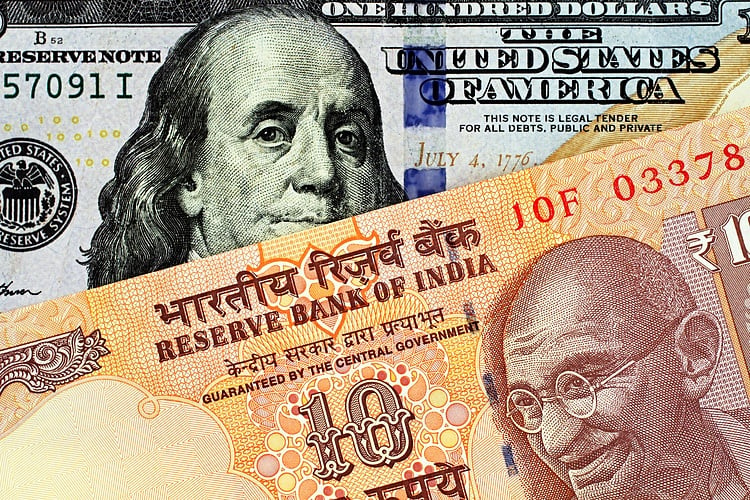The Indian Rupee (INR) continues to be under pressure after reaching a record low of 83.42. The markets are expecting the Reserve Bank of India (RBI) to step in and intervene in the foreign exchange market to prevent further depreciation of the INR. Additionally, the India and US Consumer Price Indexes (CPI) will be closely monitored.
The strong pressure on the Indian rupee was further intensified by technical issues with the interbank order matching system, prompting the RBI to take action to stabilize the market. The RBI is expected to defend the local currency, although its actions may depend on US inflation data.
The outlook for the Indian economy has been cautious, with the RBI Governor expressing optimism about economic prospects but noting that challenges remain. The RBI projects India’s GDP to grow at a 6.3% annual rate in the current fiscal year and forecasts India’s Consumer Price Index (CPI) at 5.4% for 2023–24.
Technically, the Indian Rupee remains bearish, with the USD/INR pair trading above key moving averages. The immediate resistance level for the pair is at 83.42, with a potential rally towards 84.00. On the downside, support levels are seen at 83.30 and 83.00.
The US dollar has shown strength against major currencies in the past week, with the Australian Dollar being the weakest.
The Indian Rupee (INR) is influenced by various external factors such as crude oil prices, the value of the US dollar, foreign investment levels, and intervention by the Reserve Bank of India (RBI) in forex markets. Additionally, macroeconomic factors like inflation, interest rates, GDP growth, and trade balance also impact the value of the Rupee.
